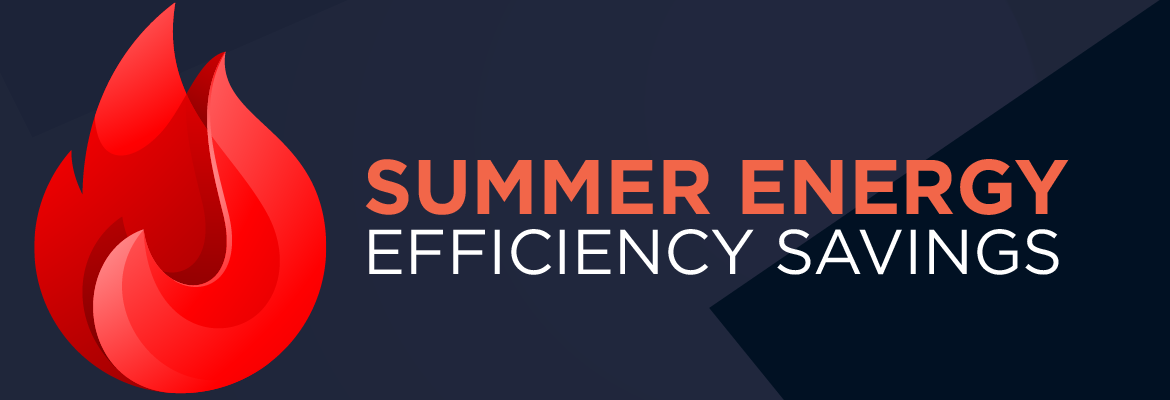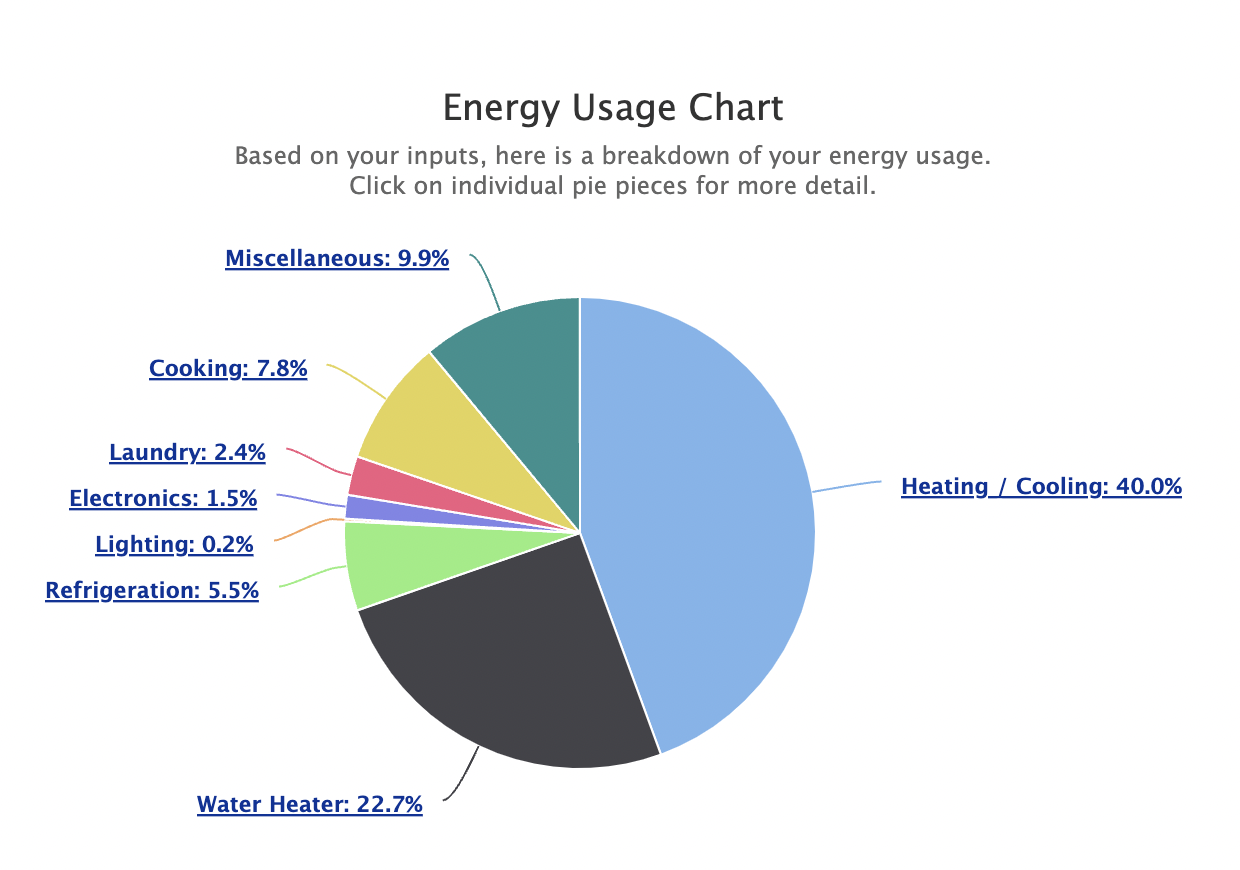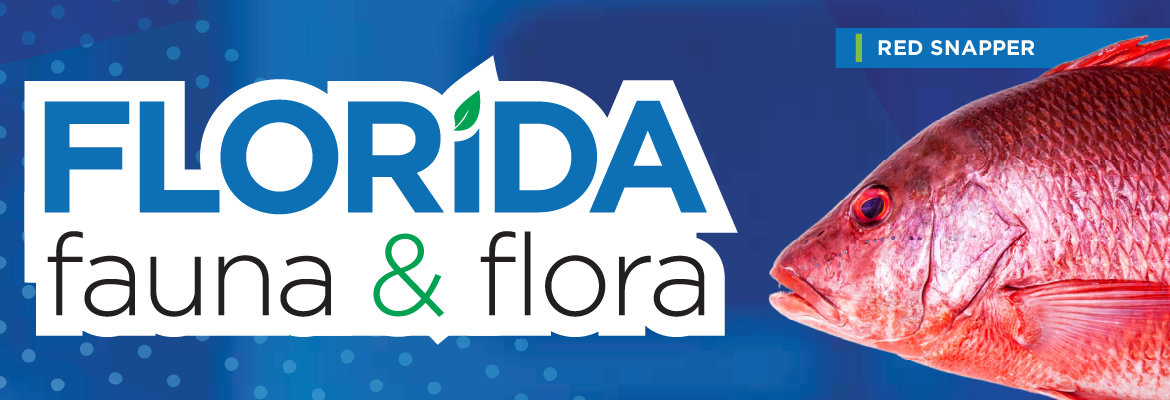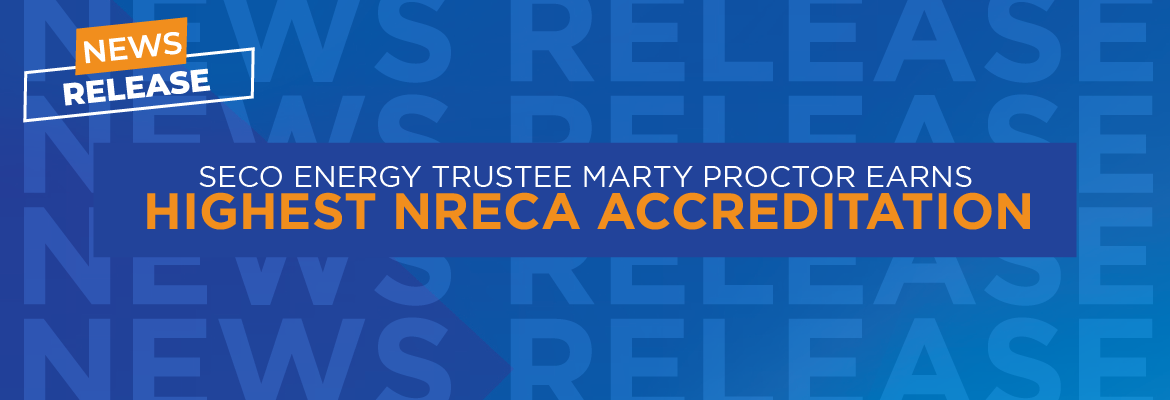SECO News July 2022
Dear Members,
SECO Energy continues to deal with supply chain constraints due to the pandemic aftermath. Utilities across the state and the nation are experiencing shortages of raw materials, labor shortages, shipping delays and increased demand for utility products. We are challenged to procure transformers, PVC pipe, meter boxes and any equipment that relies on a microchip. This shift changes our business model to operating around the available materials. In fact, utilities across the state and the nation are feeling the strain of the supply chain issue. Learn more from the Florida Electric Cooperatives Association in its recent statement.
These constraints also result in increased cost of inventory and price escalation due to runaway inflation – which is at a 40-year high. In May, the price of natural gas hit a decade high $9 per million BTUs (British thermal units) and this significantly affects the cost of power SECO delivers to you from our wholesale provider, Seminole Electric Cooperative. Given the domestic and global events causing these market trends to continue, SECO must prepare to meet our business targets and member requests in an environment today that is extremely challenging.
We anticipate the continuation of cost increases and supply chain interruptions. Ultimately, these factors will result in our members paying more for their energy needs – just as we at SECO find ourselves paying more for the materials we buy to construct new services and maintain existing infrastructure.
Roughly 70 cents of every dollar SECO spends is to purchase power from Seminole. Members who read SECO News regularly and review their electric bill each month have seen a line item referred to as the PCA – or Power Cost Adjustment. This calculation allows SECO to adjust for the rise or fall of fuel costs in real time without formally adjusting the actual rate.
This is a common utility practice that prevents the over or under collection of funds from our members. The PCA factor was changed in April bringing our cost per thousand kilowatt hours from $121.00 to $128.05. Unfortunately, projections from Seminole require us to make yet another adjustment to the PCA – sooner rather than later.
The fuel cost adjustment was approved by the Board and takes effect on July 1 with an increase to $137.60 per thousand kilowatt hours consumed at the residential level. Know that utilities across the state and the nation for that matter are all in the same boat and are making fuel cost adjustments and raising rates.
Notwithstanding all of this, SECO will strive, as we always do, to minimize such impact on our members by keeping our rates as affordable as possible and making sure our rates remain competitive locally, regionally and nationally.
In a June report from the Energy Information Administration (EIA), it forecasts the U.S. residential electricity price will average 14.6 cents/kWh between June and August 2022. SECO’s residential cost per kWh remains well below that and we’re hopeful we can hold that line through the remainder of the summer when members consume the most energy.
I realize that I’ve written to you largely about costs this month, but I want to close with the topic of reliability. Surveys show that the reliability of electric service is the most important driver of member satisfaction. Despite our collective current cost crunch, we continue to invest in expanding and maintaining our electric facilities throughout the entire service territory. With hurricane season upon us, I encourage you to view our System Improvement Map at SECOEnergy.com for Expansion and Reliability Projects to see where contractors and SECO Energy crews are working to enhance your experience as a SECO Energy member.
Sincerely,
Curtis Wynn
Chief Executive Officer
Advice From The Old Farmer’s Almanac: Summer Fishing Days
Cast a line, the fishing’s fine! The best fishing time is when fish are most active just after sunup and as the sun is going down and for an hour after. According to The Old Farmer’s Almanac, anglers should fish during the full moon period when tides are higher than average. Also, one hour before and one hour after the high tides in your favorite fishing spot is an ideal time. Another indication of a good fishing day is when the breeze comes from the west, and the water is still or only slightly rippled. Fishing with family or friends, or enjoying quiet time alone makes for a great day!
The best fishing days are between the new and full moon according to The Old Farmer’s Almanac. This summer, drop your line between July 1 – 13, July 28 – August 11 and August 27 – September 10. Read Florida Fauna & Flora this month to learn about red snapper.
Summer Energy Efficiency Savings
The long, hot days of summer are here. The EIA calculates the highest amount of electricity consumed in the U.S. is attributed to HVAC use. For Floridians, HVAC use is a longer span (typically early spring to late fall) than in other parts of the country and runs more frequently. It is likely the highest energy user in your home.
Energy efficiency and reducing energy costs are hot topics, especially in the summer months. SECO Energy offers several online tools to help members understand their home usage and identify energy wasters.
The first stop is SmartHub, SECO’s online account platform. See past bills to compare last year’s usage with 2022’s usage – is it higher? Is it related to the weather? Visit our Sunshine State Stats in the Newsroom Blog to see how temperatures fluctuate and affect your bill.
Your next stop is our online Home Energy Assessment – a home energy audit you conduct from the comfort of home. Fill out the assessment based on your home’s specifics (construction type, roof age, amount of insulation, etc.) and lifestyle. Submit your answers to receive personal energy-savings advice tailored to the data you input in the Assessment. Implement our suggestions, and you’ll be on your way to consuming less energy – and saving money.
The Energy Estimator is an online tool that explores the math associated with your energy usage. The Estimator will calculate the estimated cost for each of your home’s appliances and electronics. Submit your email address to receive no-cost and low-cost energy-savings suggestions via email.
You’ll find these energy-efficiency tools and more energy-saving tips at SECOEnergy.com > Energy Solutions. Use our online tools today to save energy and money tomorrow.
Florida Fauna & Flora: Red Snapper
Florida’s Fish and Wildlife Conservation Commission announced that Florida’s 2022 recreational red snapper season opened June 17 and runs consecutively through July 31. Visit myfwc.com for upcoming fall dates.
Red snapper in deeper waters tend to be redder than those caught in shallower waters. They have a long triangular face with the upper part sloping more strongly than the lower and earned the name snapper from their enlarged canine teeth.
Age wise, red snapper can live a long time—red snapper as old as 57 years have been reported in the Gulf of Mexico and can grow to 40 inches long and 50 pounds. Females are able to reproduce as early as age 2. Males and females spawn from May to October, depending on their location.
Red snapper feed on fish, shrimp, crab, worms, cephalopods (octopus or squid) and some plankton. Young red snapper are food for the large carnivorous fish that share their habitat, such as jacks, groupers, sharks, barracudas, and morays.
These fish are generally found at 30 to 620 feet deep in the Gulf of Mexico and along the eastern coasts of North America, Central America, and northern South America. They are rare north of the Carolinas.
Read the full July 2022 SECO News online.













